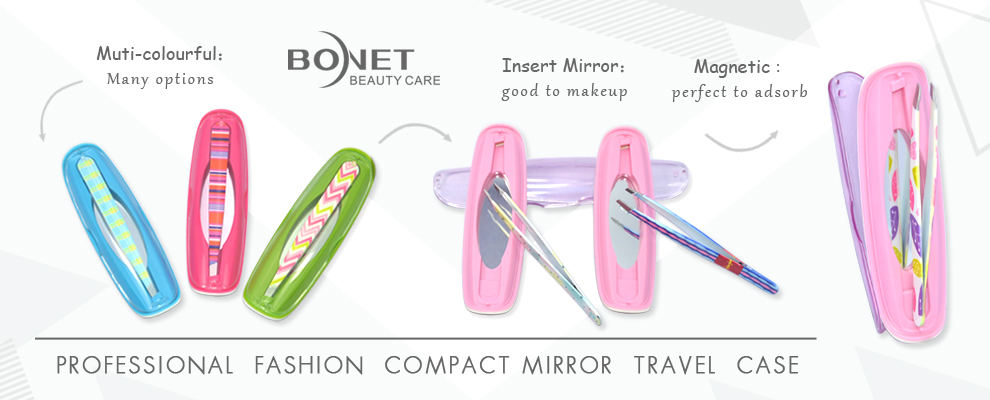The University of California, Henry Sangri, School of Engineering and Applied Science announced on the 6th that it has successfully developed a new type of reverse osmosis membrane containing nanocomposites, which can be used for seawater desalination and wastewater recycling, and is expected to reduce costs.
Common commercial reverse osmosis membranes consist of dense polymer membranes. Reverse osmosis reduces salt in water by using high pressure to force aqueous solutions containing salts or contaminants into the semipermeable membrane. The pores in the membrane allow water molecules to pass through. Under the salt and impurities, desalination or sewage purification purposes.
The research team led by Eric Hook, an assistant professor of civil and environmental factories at the university, developed a new type of reverse osmosis membrane that uses a unique, cross-linked polymer matrix net and engineered nanocomposite particles with dispersed nanoparticles. On the polymer membrane, the formed molecular channel is a nanoscale fine structure, which can not only block the impurities and allow the water molecules to easily pass through, but also has the ability to attract water molecules while rejecting most of the pollutants. Hook said that the new reverse osmosis membrane containing nano-composite particles has a hydrophilic effect similar to that of a sponge, and can also resist organic substances and bacteria, so that they do not block the pores of the membrane. In fact, the biggest problem with ordinary reverse osmosis membranes is that the membrane pores are easily blocked.
Compared with ordinary reverse osmosis membranes, the new reverse osmosis membrane allows aqueous solutions to pass under relatively low pressure, which saves energy. At the same time, because it repels impurities and does not allow it to adsorb on the membrane surface, it is blocked much more slowly than ordinary membranes. In general, the new reverse osmosis membrane has the same water purification effect as ordinary reverse osmosis membranes, but it is more energy-efficient and more durable, so it is expected to save a lot. Preliminary tests have shown that the new reverse osmosis membrane has twice the net output of the conventional membrane (or 50% less energy) and can reduce the total price of purified water by 25%.
Researchers are currently working with Nano Water to develop new nanocomposite reverse osmosis membranes into a new class of low-energy, anti-blocking reverse osmosis membranes for seawater desalination and wastewater recovery, while also expecting new membranes to be available in the future. Commercialization within 1 to 2 years.
Source: Surface Treatment Channel
Tweezers are small tools used for picking up objects too small to be easily handled with the human fingers. The word is most likely derived from tongs , princers , or scissors like pliers used to grab or hold hot objects since the dawn of recorded history. In a scientific or medical context they are normally referred to as forceps.People commonly use tweezers mainly for tasks such as plucking hair from the face or eyebrows, often using the term Eyebrow Tweezers,stainless steel tweezers,Rubber Tipped Tweezers,Slant Tip Tweezers,beauty tweezers,beauty tweezers,ect.

Facial Tweezers,Cosmetic Tweezers,Pointed Tweezers,Plastic Tweezers
Bonet Houseware Co., Ltd. , http://www.bonetbt.com